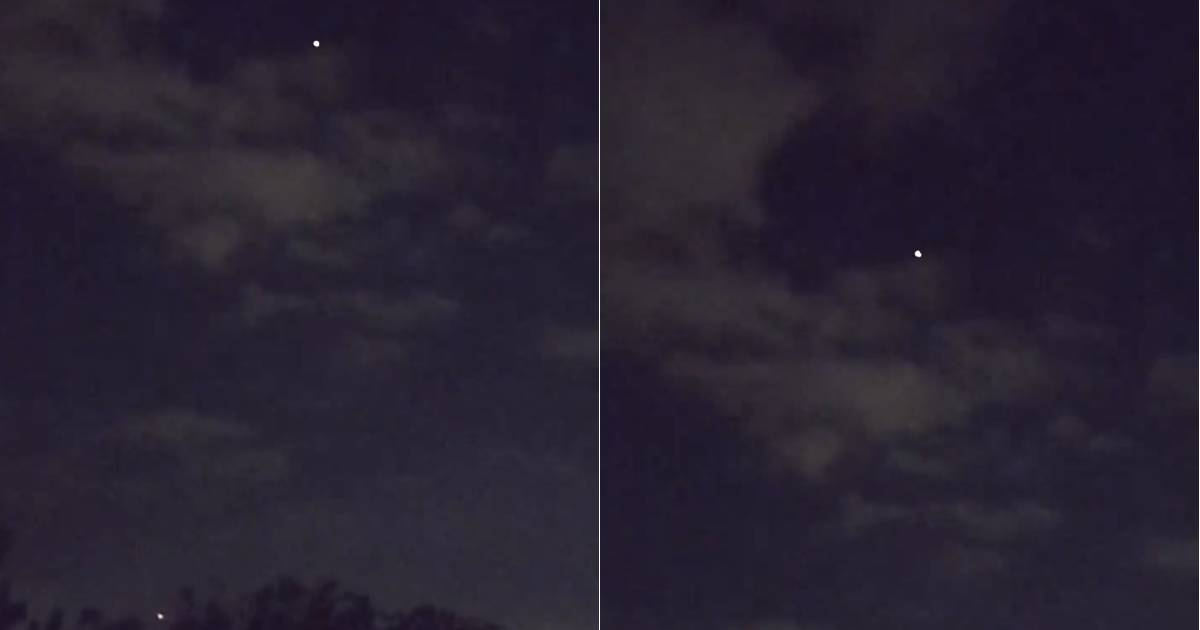From Havana, Cubans were able to capture the lights of the International Space Station across the island’s sky on the night of November 7.
At 11:35 p.m., reports indicated the NASA-run station was within the coordinates of the Caribbean nation.
Specifically, it was at a latitude of 23.2 N and a longitude of 82.3 W. The station traveled at an altitude of 417 km and a speed of 27,590 km/h.
On Monday, residents of the western part of the country also saw lights in the sky, which some said were unidentified flying objects (UFOs); But really that was about it The bright trail from the Falcon 9 rocket21 Starlink satellites were launched from Florida to place them in orbit.
One expert said that the lights emitted from the gases ejected by the rocket’s propulsion engines as they return to Earth — not in orbit — leave a trail of light as they pass through Earth’s atmosphere.
Private company SpaceX launched Falcon 9 from Cape Canaveral to carry the second-generation Starlink communications satellites into space, which will provide faster internet speeds to more users.
The launch took place at 6:13 pm local time (23:13 GMT) from Space Launch Complex 40 (SLC-40) at the Cape Canaveral Space Force Station in Florida.
After separation, the Falcon 9 rocket’s first stage returned to Earth 8 minutes after liftoff and landed on an unmanned platform “A Shortfall of Gravitas” stationed in the Atlantic Ocean.





